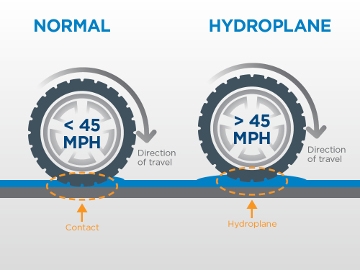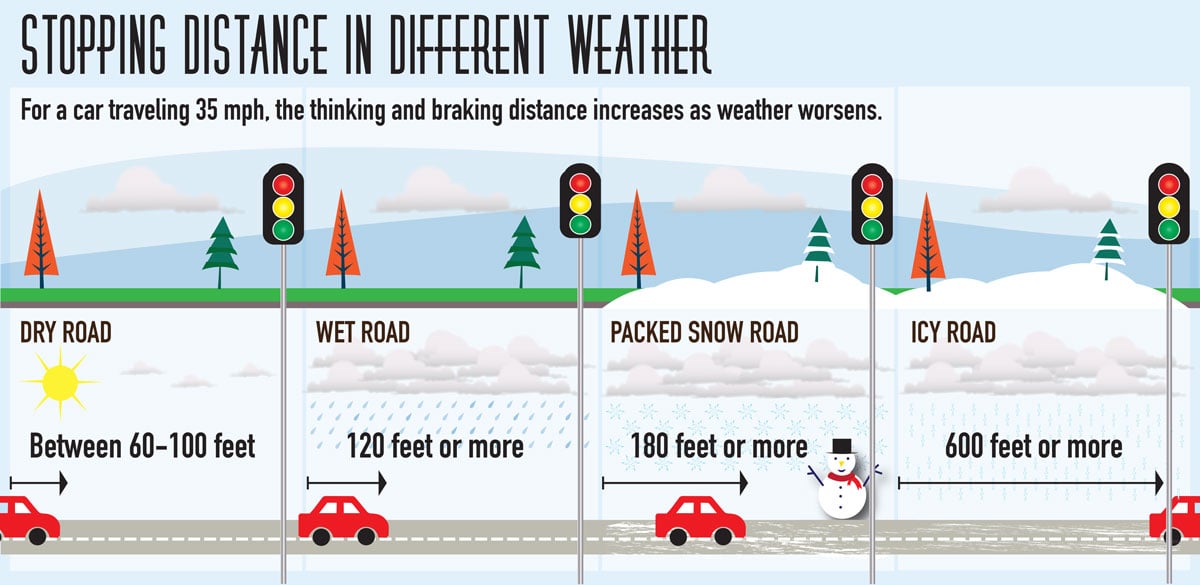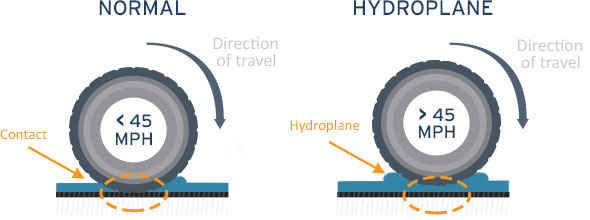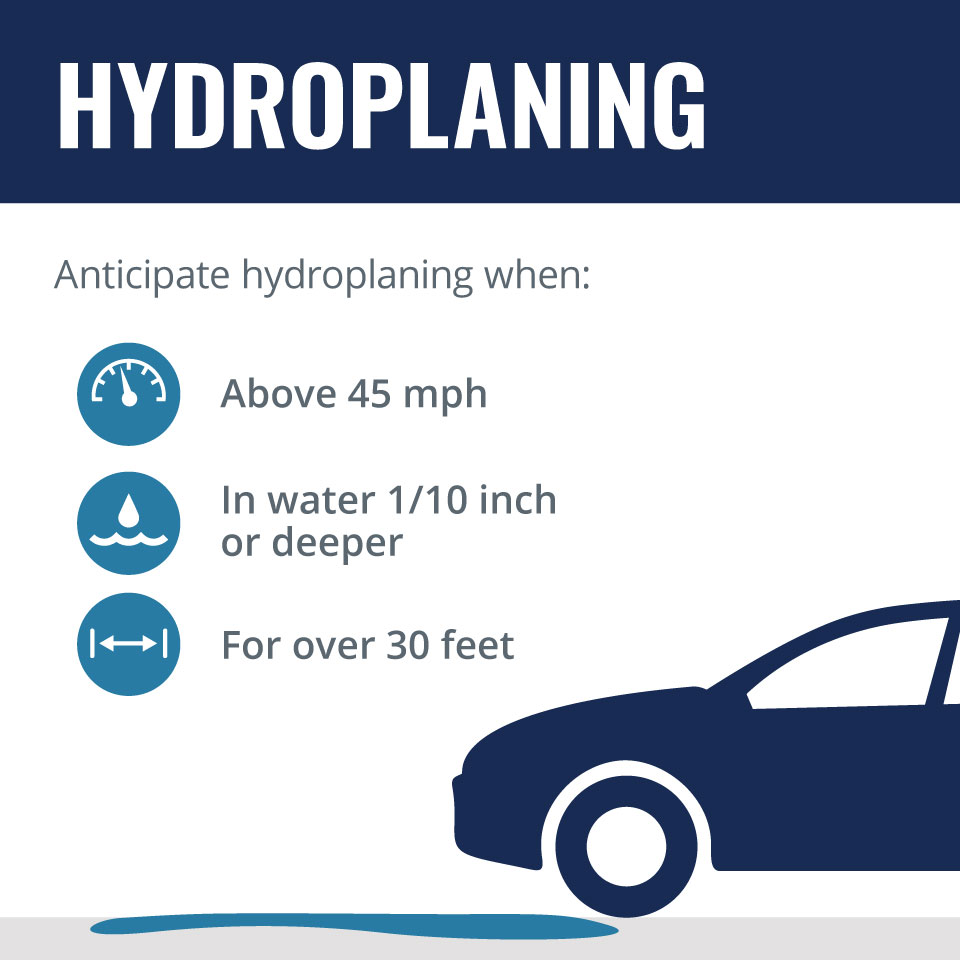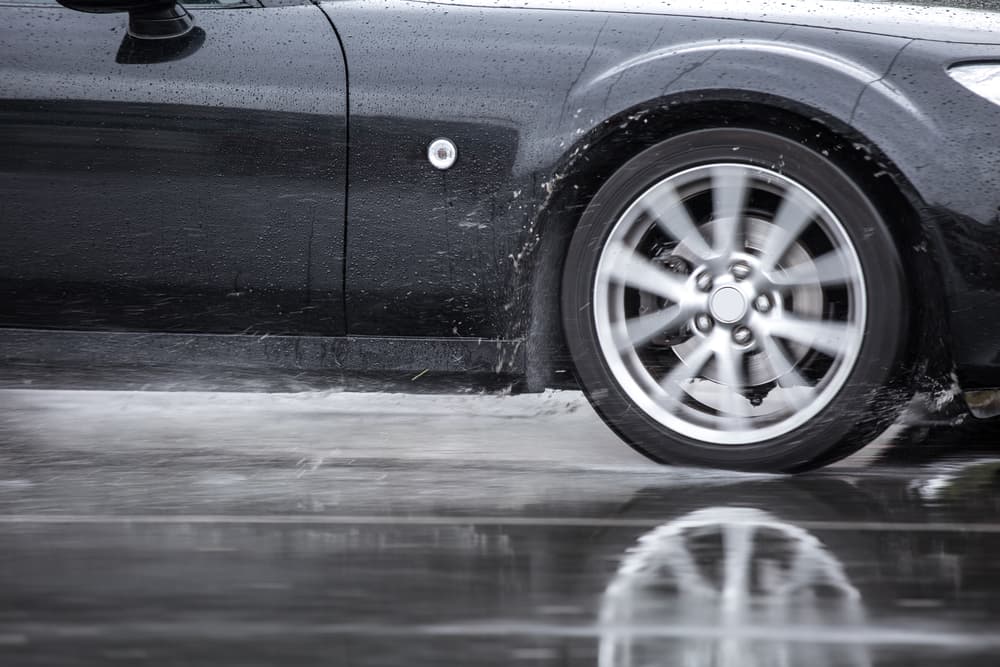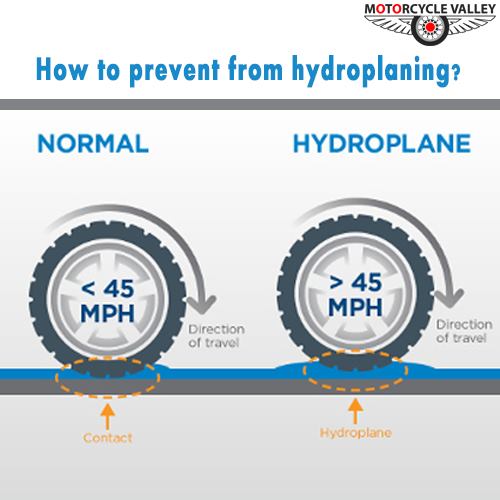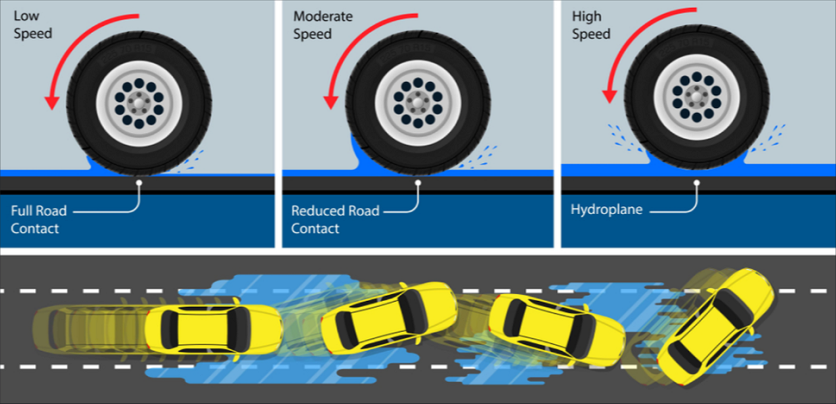One Of The Best Tips About How To Prevent Hydroplaning

It may not seem like it, but there's plenty you can do to avoid hydroplaning.
How to prevent hydroplaning. Dynamic hydroplaning happens at about 8.6 times the square root of your tire pressure. If your car’s tires aren’t inflated enough—or they’ve been overinflated—they. To mitigate the risk of hydroplaning, slow your speeds, give plenty of distance between cars and avoid any puddles or standing water on the road.
Hydroplaning can happen anywhere, and on almost any hard surface. A broken water main, a fire hydrant. Ensuring your tires stay in tune is one of the best ways to keep your vehicle from hydroplaning on wet surfaces.
Keeping an eye on your tire pressure is another crucial factor in reducing your risk for hydroplaning. Overinflated tires tend to reduce grip in most situations, including when wet, and underinflated. Ways to avoid hydroplaning 1.
Avoid hydroplaning in a car by slowing down in wet weather and properly maintaining your tires. There are ways to prevent hydroplaning, including good vehicle maintenance and training drivers on how to handle situations where hydroplaning may occur. Increase your safety on the road when you're driving in the rain with some tips from toyota of orlando!
First, watch your speed and drive carefully on wet roads. Replace tires with insufficient tread depth. Keep your tires properly inflated at all times to reduce the risk of hydroplaning.
Up to 5% cash back how to avoid hydroplaning again, speed is the most significant contributor to hydroplaning, and most vehicles can begin to hydroplane at about 35 miles per. First, when you notice that roads are wet, slow down to around five to ten miles per hour, especially. The best way to protect against hydroplaning is to ensure your vehicle.
